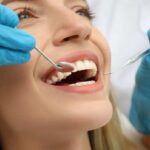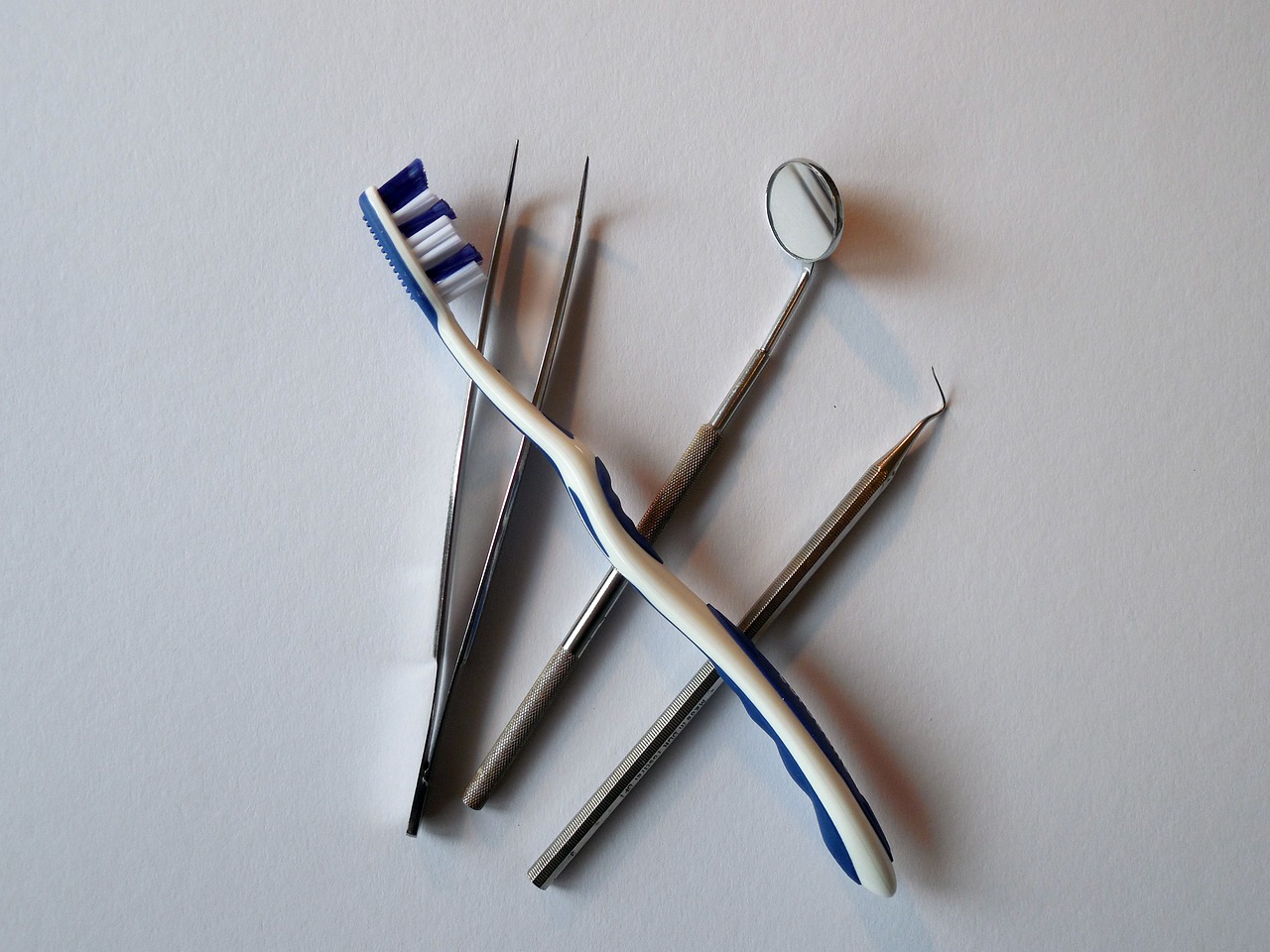The practice of dentistry, although highly advanced today, has its origins in ancient times. Early evidence of dental practices dates back to 7000 BC with the Indus Valley Civilization, showing that even in those days, people sought ways to treat dental problems.
These ancient methods, rudimentary compared to today’s standards, laid the groundwork for centuries of dental evolution. From using simple tools to extract teeth to employing beeswax for filling cavities, our ancestors pioneered the basic concepts of oral care that have shaped modern dentistry today.
Early Dentistry – 9000 Years Ago
Evidence of dentistry dates back to 7000 BC in the Indus Valley Civilisation, where dental disorders were treated using bow drills, a precursor to modern techniques. The earliest known dental filling, discovered in Slovenia and made of beeswax, dates back to 4500 BC.
The Etruscans, around 700 BC, recorded the first use of dental appliances, and Greek scholars like Hippocrates and Aristotle delved into dental treatments in their writings. Historically, dental extractions, performed by general physicians and barbers, were thought to cure various illnesses. The evolution of dental instruments over the centuries, from the dental pelican to modern forceps, reflects the transformation of dental practices through the ages.
The Foundation of Dentistry in the 17th and 18th Centuries
The 17th and 18th centuries marked a pivotal era in the evolution of dentistry. This period saw the establishment of dentistry as a more formalised profession. Notable figures, for example, Pierre Fauchard, often called the ‘Father of Modern Dentistry,’ introduced groundbreaking techniques and tools that revolutionised dental care.
Dentists began to understand oral diseases better, developed more efficient dental instruments, and improved methods for tooth extraction and dental fillings. This era set the stage for a more scientific approach to dental care, moving away from the superstitions and painful practices of the past.
Innovation and Dentistry in the Digital Age
The digital age has brought about a seismic shift in dentistry. Today’s dental practices are a far cry from the early days, with technologies like digital X-rays and 3D imaging transforming how dentists diagnose and treat patients. These advancements allow for unparalleled precision in treatments, enhancing both the efficacy and comfort of dental procedures.
One of the most significant developments in recent times is the ‘all on 4’ technique, which has revolutionised how the dental restorations are approached. These are by far the best dental implants available, offering patients a more efficient and comfortable experience.
Embracing a Future of Painless and Efficient Dental Care
As we look back at the journey of dentistry from its ancient origins to today’s high-tech practices, it’s clear that the field has undergone a remarkable transformation. The evolution from basic, often painful techniques to precise, painless, and efficient treatments reflects the relentless pursuit of better dental care. As technology continues to advance, we can only expect dentistry to become even more effective and patient-friendly.
Modern dentistry, with its blend of science, technology, and patient-centred care, is not just about treating dental issues; it’s about enhancing people’s overall quality of life. As we continue to embrace these advancements, the future of dental care looks bright, promising a world where dental visits are no longer feared but welcomed as a pathway to better health and well-being.











